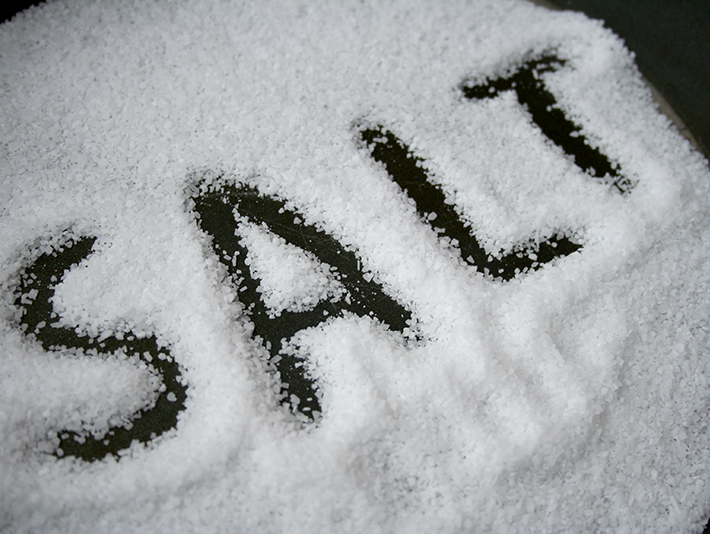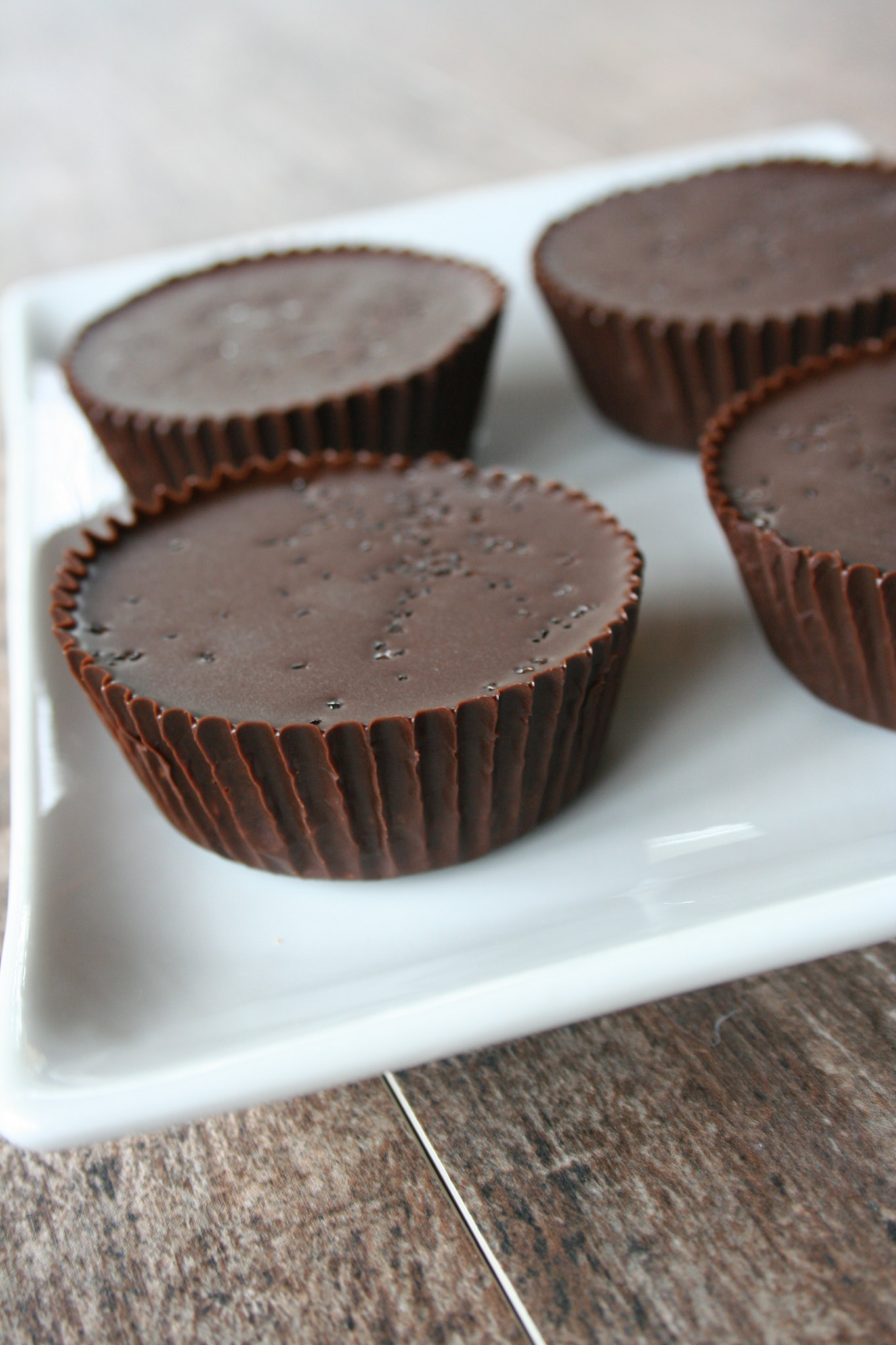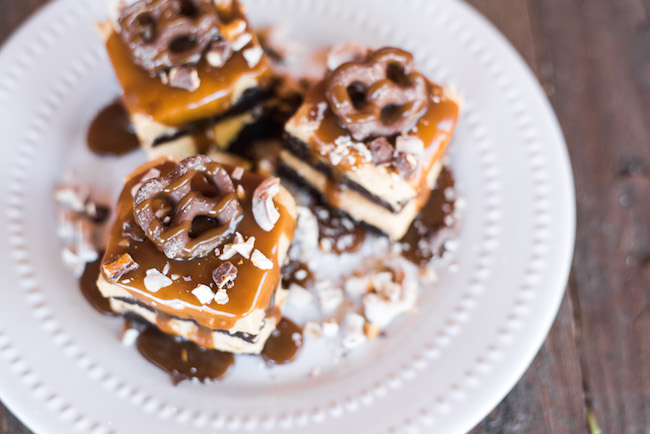What does salt do in baking? Actually, a lot more than you might think.

Photos via CakeSpy unless otherwise noted
While salt most famously imparts flavor to finished baked goods, that’s far from its only job in baking. From contributing to a superior texture to even extending the life of your finished goodies, salt has many important roles in baking. Let’s explore:

1. Salt = flavor
As famed baker and cookbook writer Dorie Greenspan says: “Salt is pastry’s unsung hero…a pinch is enough to balance the sugar in a tart crust, underscore the flavor in any chocolate dessert, give caramel that certain je ne sais quoi.”
Salt isn’t necessarily added to baked goods to make them taste salty, but to enhance all of the other flavors in the recipe. It gives baked goods a subtle boost. Overall, you might not be able to discern salt in a recipe, but you’ll know that it tastes bland without it!
2. Consistent finished results
Perhaps you’ve noticed that baking recipes often call for both salt and unsalted butter. Why not just use salted butter and kill two birds with one stone? Because adding salt separately to baked goods can help ensure consistent results.
Salted butter doesn’t always contain a consistent amount of salt, so the flavor of each stick can vary. This can result in inconsistency in the flavor and texture of your finished baked goods. However, if you use unsalted butter and add a consistent amount of salt, you will have more reliable results.
3. Control the fermentation rate of yeast
Salt is hygroscopic, which means it attracts water. When it’s mixed into a bread or pastry dough that contains yeast, the salt absorbs some of the moisture from the yeast, which in essence slows down its fermentation. Without salt, the yeast can ferment too quickly, which can cause uneven results in baking.
4. Strengthen bread and pastry dough
Give your breads and pastries a little extra texture oomph with salt! Salt helps strengthen the gluten structure in bread and pastry dough, allowing it to hold carbon dioxide. That means that when the baked good goes in the oven, it’s going to rise nicely, and not billow up and then deflate.

5. Make your baked goods last longer
Salt is a natural preservative. In baked goods, this is largely due, once again, to the fact that salt is hygroscopic, which means it attracts moisture. This allows salt to hold on to the moisture inside of your finished baked goods, which means that they won’t go stale as fast as their non-salt-containing counterparts.
6. Pleasing color.
Salt can have a positive effect on creating a pleasing color on your finished baked goods. Here’s a tip I picked up from a pastry chef once: Add a pinch of salt to your egg wash before brushing it over pastry or pie dough prior to baking. The salt will give the crust an extra-rich and appetizing color.

Double-Decker Peanut Butter & Caramel Brownies
7. An elegant and delicious finish
A finishing salt, such as a coarse sea salt, can provide an elegant finishing touch for baked goods. Not only does it give them a pretty texture and visual appeal, but it also gives them an unexpected burst of flavor. There’s a reason why salted caramel has become such a flavor sensation: sweet and salty is a mightily addictive combo!

Share tips, start a discussion or ask one of our experts or other students a question.
No Responses to “The Science Behind the Salt”